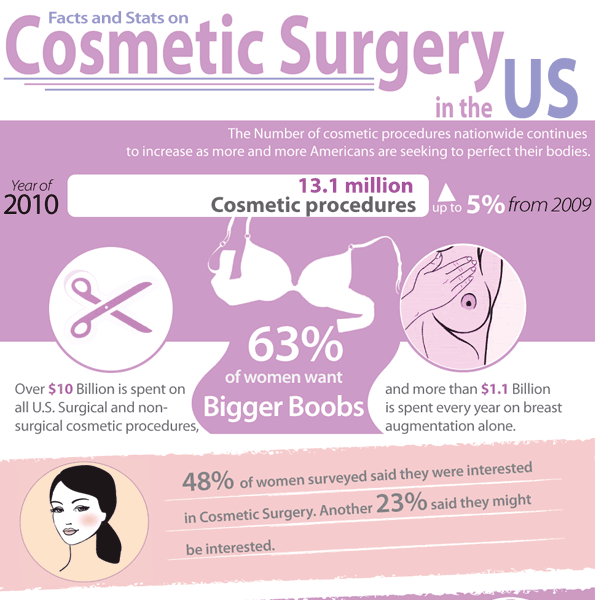Hormone acne is characterized by blocked pores and oily skin that normally shows up on the chin and jawline. It takes place when hormone adjustments cause swelling and microbial overgrowth within hair roots.
Outbreaks may look like whiteheads, blackheads, papules or pustules and cysts or blemishes in much more extreme cases. It is much more usual in teens undergoing the age of puberty but can impact grownups of any kind of age.
What Triggers Hormone Acne?
While acne can be brought on by a variety of aspects, consisting of using hair and skin care products that aren't oil-free or made with active ingredients that could clog pores, hereditary proneness, diet regimen,2 and tension, the source is changing hormonal agents. Hormonal acne happens when the body experiences hormone adjustments and fluctuations that result in an overflow of sebum, which creates swelling, increased growth of germs and adjustments in skin cell task.
Hormonal acne is frequently discovered on the reduced jawline, cheeks and neck yet can appear anywhere on the body. It is characterized by acnes that are cystic, excruciating and filled with pus or other material. It is likewise more probable to take place in women than men, particularly during adolescence, the menstruation, maternity or menopause.
Age
While many kids experience acne eventually throughout adolescence, it can remain to torment grownups well into adulthood. Known as hormonal acne, this type of breakout is connected to changes in hormonal agents and is commonly most usual in females.
Hormone acne occurs when oil glands produce too much sebum, which clogs pores and traps dead skin cells. This results in the formation of acnes, such as whiteheads, blackheads and papules, pustules, cysts or nodules, deep under the surface.
This kind of acne commonly creates discomfort, soreness and swelling. It might additionally be intermittent and show up around the very same time every month, such as right prior to your duration begins. This is since levels of female hormones like progesterone and oestrogen vary with each menstrual cycle.
Menstrual Cycle
Hormonal acne typically appears in the lower part of your face, along the jawline and cheeks, as whiteheads, blackheads or inflammatory pimples (acnes and cysts). It's more than likely to show up around the moment when your menstruation adjustments.
Particularly around ovulation, when estrogen and progesterone levels get on the surge, hormone fluctuations can create breakouts. But it's also feasible to obtain acne at any kind of factor during your 28-day menstrual cycle.
If you discover that your hormonal acne flares up right prior to your duration, attempt observing when precisely this occurs and see here if it associates with the phases of your 28-day menstrual cycle. This will aid you determine the origin of your skin difficulties. For instance, you may want to work on stabilizing your blood sugar and removing high-sugar foods, or take into consideration a prescription medicine like spironolactone that can control your hormones.
Pregnancy
Expanding an infant is a time of remarkable hormonal changes. For several females, this consists of a flare-up of hormonal acne. This type of breakout commonly starts in the very first trimester, around week six. It's caused by hormone rises that promote sebaceous glands to make more oil, which can obstruct pores and trigger more bacteria to accumulate.
Outbreaks may also take place as a result of pre-existing problems like polycystic ovary syndrome, which can also be a concern while pregnant and menopause. Also, some types of contraceptive pill (such as Ortho Tri-Cyclen and YAZ) can activate hormonal acne in some females.
Luckily, many acne treatments are "no-go" for expectant ladies (including preferred acne-fighting components such as isotretinoin and spironolactone). But if you can not prevent those bothersome bumps, your doctor might recommend oral erythromycin or cephalexin, which are secure during pregnancy.
Menopause
As females approach menopause, the estrogen levels that triggered their hormone acne to flare during puberty start to stabilize and lower. At the same time, nevertheless, a spike in androgens (also called male hormones) takes place since these hormonal agents can not be converted into estrogen as properly as previously.
The excess of androgens can activate oil production by the sweat glands, which clogs pores. When the clogged up pores ended up being swollen and inflamed, an acne types.
Hormone acne is usually seen on the face, particularly around the chin and jawline, yet it can occur on the neck, back, shoulders, or upper body. This type of acne often tends to flare up in an intermittent pattern, similar to the menstruation. Stress, which boosts cortisol and tosses hormones out of equilibrium, also adds to the breakouts.
